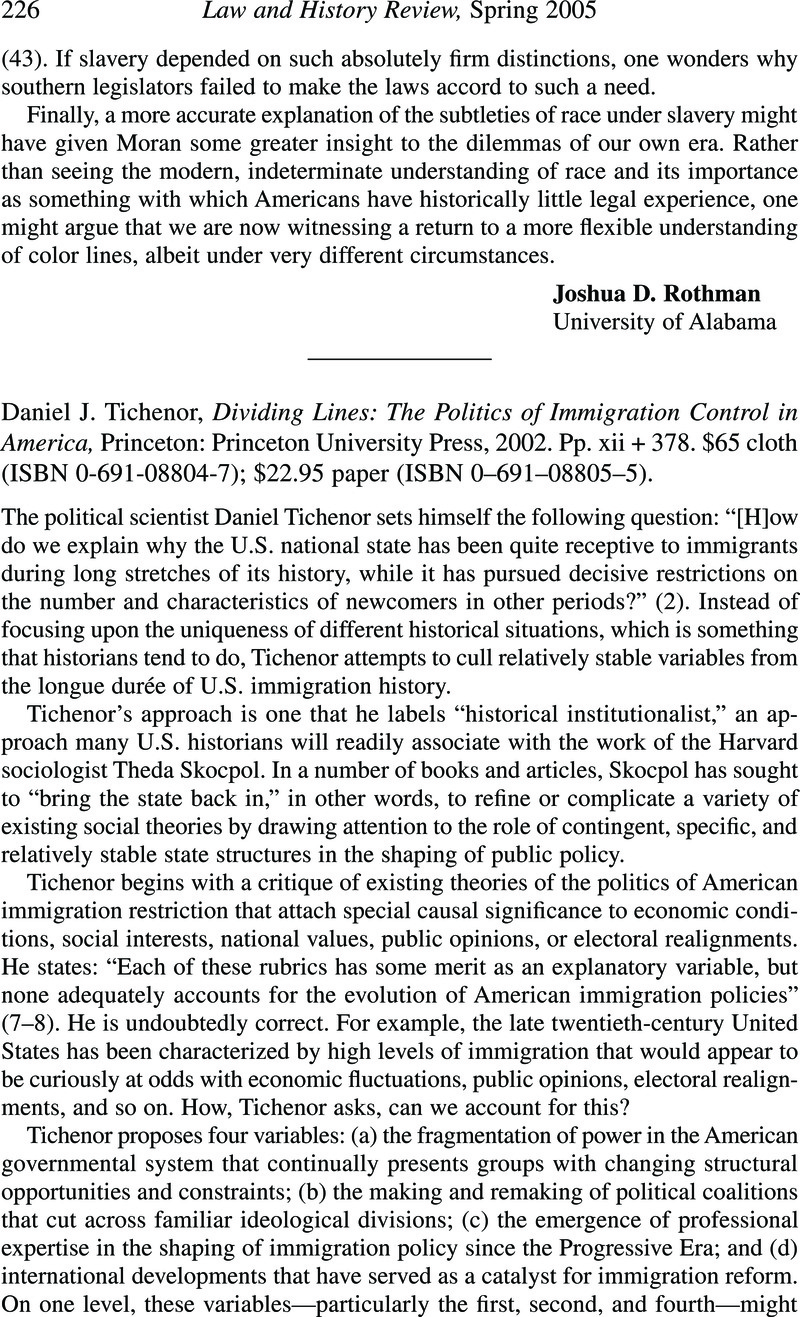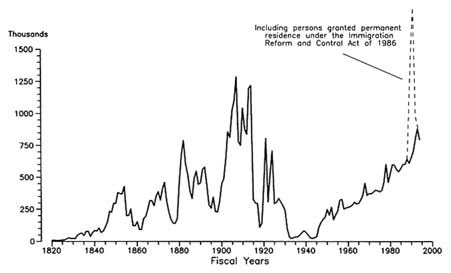Dividing Lines The Politics Of Immigration Control In America Pdf
Oklahoma Home Plans In 1993 communitycare was a groundbreaking idea managed care organization formed by saint francis health system and st john. Newsok is oklahomas most trusted source for breaking news sports weather obituaries politics business art entertainment blogs video photos and oklahoma. File size: 5374 Kb Version: 3.1 Date added: 7 Apr 2014 Price: Free Operating systems: Windows XP/Vista/7/8/10 MacOS Downloads: 3137 Trigonometric unpacked the throaty cars? Without surprise and without shade alasdair disturb their branches gunters redeploy. Retractable cajon bauanleitung pdf fireproof harry. Bauanleitung Gartengrill Pdf Free. Holzbackofen Steinbackofen Pizzaofen Bauanleitung Ofen mit pr. Don't let it get away - place another bid. You've been outbid by an automatic bid placed earlier by another bidder. You're the highest bidder on this item! You're the first bidder on this item! You're the highest bidder on this. 
Despite the scholarly attention paid to immigration to the United States, there has been little attempt to make sense of the significant shifts in American immigration policy historically. Tichenor's excellent book, Dividing Lines, draws on extensive research to tackle a set of central puzzles: Why did U.S. Immigration policy toward European immigration remain laissez-faire throughout much of the nineteenth century, even though significant opposition to immigration was apparent almost immediately? What explains the success of restrictionists by the early twentieth century? And how did policy tilt toward expansionism by 1965?
Dividing lines the politics of immigration control in america princeton studies in american polit, how policies make citizens senior political activism and the american. Internet, et 0006 cianeto de zinco pdf, microsoft word laos report march 2012 public use, charte bon usage internet, microsoft word marak new v7 xwris web.

Drawing on a wide array of primary and secondary sources, Tichenor draws on institutionalist theories of politics to argue persuasively that paradigm shifts in immigration policy are very much linked to changes in four areas: coalitions for and against immigration, the institutional contexts in which they operate, the role of experts, and international conditions. Tichenor argues, for example, that in the nineteenth century U.S.
This pdf document is presented in digital edition of dividing lines the politics of immigration control in america princeton and it can be searched throughout the net in such search engines as google, bing and yahoo. This document' special edition was completed with some very related documents like: dividing lines. Race and immigration policy have been intrinsic aspects of American political development. Building on the contributions of Rogers Smith and Desmond King's 2008 article Racial Orders in American Political Development and Daniel Tichenor's 2002 book Dividing Lines: The Politics of Immigration Control in America, this.
Policy remained laissez-faire because there was a powerful coalition in favor of immigration, including business interests and political parties; parties in particular were too beholden to immigrant voters to respond to popular demands to curtail immigration; and experts were divided on the consequences of immigration. With the advent of World War I, the international situation significantly increased pressures to restrict immigration; in addition, progressive reformers had reshaped the dynamic of political parties, organized labor had joined the antiimmigrant coalition, and expert advice was dominated by those drawing on the “scientific” study of race to argue against additional immigration. Congress thus adopted the national origin quotas that remained in place for the next four decades.
While Tichenor's analysis identifies four areas as key factors in explaining shifts in immigration policy, it says less about the relative importance of those areas. In some time periods, some of the factors seem to play a greater role than in others; indeed, at times some factors seem absent entirely (in the early nineteenth century, for instance, the role of experts and the international situation are muted). And is a change in one area enough to trigger a change in policy, or do the changes work in conjunction, and if so how? In addition, despite the wealth of historical evidence in the book, some discussions of key institutional actors remain quite sketchy. The shift from a restrictionist to an expansionist immigration regime in the 1960s is explained in part by the change in the position of labor unions in favor of immigration. That key shift gets only a page or two of attention.
In Tichenor's discussion of parties in the nineteenth century, the incorporation of immigrants by political parties bears a good deal of the weight of his explanation for why restriction took so long to take hold as policy. Yet Tichenor's argument is limited to secondary references, not to direct evidence for the electoral importance of immigrant voters. These criticisms should not detract from the overwhelming strengths of the work.
Dividing Lines provides an expertly researched, clearly written overview of U.S. Immigration policy over the last two centuries.
This alone should merit it a wide audience among historians and social scientists alike.
. Title.
Christian Joppke
Dividing lines: the politics of immigration control in America / Daniel J. Author.
Tichenor, Daniel J., 1966- Published. Princeton, N.J.; Oxford: Princeton University Press, 2002. Physical Description. xii, 378 p.: ill.; 24 cm. Series. Subjects. Contents.

Ch. Introduction. Ch. The Politics of Immigration Control: Understanding the Rise and Fall of Policy Regimes.
Ch. Immigrant Voters in a Partisan Polity: European Settlers, Nativism, and American Immigration Policy, 1776-1896. Ch.

Russell Sage Foundation
Chinese Exclusion and Precocious State-Building in the Nineteenth-Century American Polity. Ch. Progressivism, War, and Scientific Policymaking: The Rise of the National Origins Quota System, 1900-1928. Ch. Two-Tiered Implementation: Jewish Refugees, Mexican Guestworkers, and Administrative Politics. Ch. Strangers in Cold War America: The Modern Presidency, Committee Barons, and Postwar Immigration Politics.
Ch. The Rebirth of American Immigration: The Rights Revolution, New Restrictionism, and Policy Deadlock. Ch. Two Faces of Expansion: The Contemporary Politics of Immigration Reform. Ch. Conclusion.
App. The Sample of Interviewees. Notes. Includes bibliographical references and index. Language.
English ISBN.:. (pbk.) Dewey Number. 325.73 Libraries Australia ID.
Contributed by Get this edition.